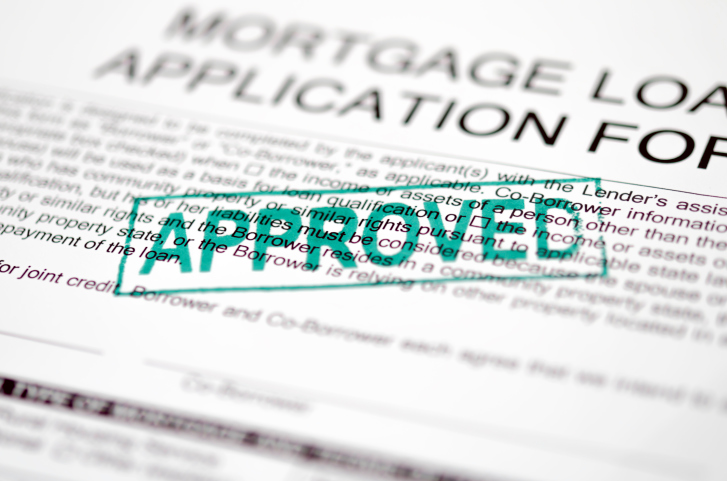 It is exciting to purchase a house for the first time, but this is also a major financial decision. Therefore, potential homebuyers need to make sure they are prepared. What do potential homeowners need to know about purchasing a home for the first time? Learn more about this process below.
It is exciting to purchase a house for the first time, but this is also a major financial decision. Therefore, potential homebuyers need to make sure they are prepared. What do potential homeowners need to know about purchasing a home for the first time? Learn more about this process below.
Ask For Help From A Real Estate Agent
First-time home buyers always need to ask for help from a real estate agent. A real estate agent can help someone identify potential issues with a home that might have otherwise been overlooked. A real estate agent can also make sure potential home buyers do not overpay for a home.
Always Get A Pre-Approval Letter
Potential home buyers also need to get a pre-approval letter from a lender. This is a letter stating that a potential home buyer has been approved for a specific loan amount for that specific property. A pre-approval letter will help someone’s offer appear more competitive, particularly if they are going up against a cash offer. This makes the seller more confident that the offer is not going to fall through on financing.
Do Not Skip The Inspection
Some home buyers are tempted to skip the inspection because this costs more money. It is critical to get a home inspection done so that everyone is aware of the potential issues with the home. If there is a major repair identified, potential home buyers may ask to have this repaired before purchasing the home.
Pay Down Other Debt
First-time homebuyers need to pay down as much of their debt as possible before applying for a home loan. This could make it easier to receive financing, and potential homeowners might receive a lower interest rate. Examples of other forms of debt include credit card debt, student loans, and car loans.
Get The Money In Order
Of course, potential homeowners need to make sure they arrange their money prior to closing, but it is also important to get a down payment put together before looking for a home. Many sellers will ask for proof of funds before accepting an offer. Arranging funds prior to the search process can make this much smoother. This can also help first-time homebuyers compete with cash offers.
 If you are looking for a home, your agent may tell you that a home is being sold as-is. This means that there may be major defects with the home that the seller is not willing to repair before offloading the property. As a result, their problems may become your problems if you purchase that property. How can you protect yourself during the sale?
If you are looking for a home, your agent may tell you that a home is being sold as-is. This means that there may be major defects with the home that the seller is not willing to repair before offloading the property. As a result, their problems may become your problems if you purchase that property. How can you protect yourself during the sale? Last week’s scheduled economic news included readings on public and private-sector jobs and the national unemployment rate. Weekly readings on mortgage rates and jobless claims were also published.
Last week’s scheduled economic news included readings on public and private-sector jobs and the national unemployment rate. Weekly readings on mortgage rates and jobless claims were also published. Before an owner can market a property to buyers that want to use a FHA loan, he will want to familiarize himself with the FHA’s standards. FHA won’t insure loans on just any property.
Before an owner can market a property to buyers that want to use a FHA loan, he will want to familiarize himself with the FHA’s standards. FHA won’t insure loans on just any property. With the impact we have on our environment becoming a matter of greater concern, it’s becoming more important for the average citizen to know they’re doing their part. While there are many simple tricks for saving water that will make you feel better about your environmental footprint, here are a few easy upgrades that will make that saving a little more automatic.
With the impact we have on our environment becoming a matter of greater concern, it’s becoming more important for the average citizen to know they’re doing their part. While there are many simple tricks for saving water that will make you feel better about your environmental footprint, here are a few easy upgrades that will make that saving a little more automatic. A significant number of people are self-employed, which means they might be relying on this income to apply for a mortgage. It is true that people who are self-employed may face additional challenges when trying to get approved for a home loan when compared to someone with traditional W2 income, these are obstacles that can be overcome. With the right qualifications and documentation, even first-time homebuyers who are self-employed should be able to qualify for the home loan they need.
A significant number of people are self-employed, which means they might be relying on this income to apply for a mortgage. It is true that people who are self-employed may face additional challenges when trying to get approved for a home loan when compared to someone with traditional W2 income, these are obstacles that can be overcome. With the right qualifications and documentation, even first-time homebuyers who are self-employed should be able to qualify for the home loan they need.